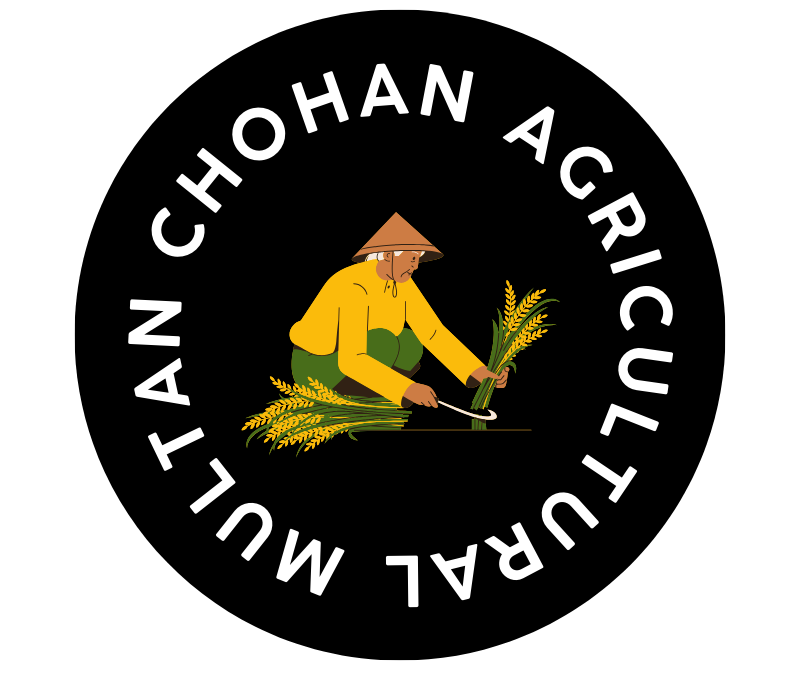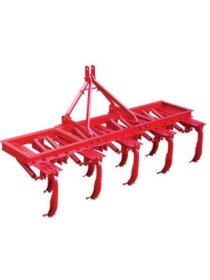Have you ever seen a farmer working in the field with a special machine that digs into the ground? That’s a cultivator! It’s a helpful tool that farmers use to take care of the soil so that plants can grow better. Let’s learn more about what it does and why it’s important.
What’s a Cultivator?
A cultivator is like a big rake or plow attached to a tractor. It’s used to work on the soil, making it loose and getting rid of things that might stop plants from growing well.
Working Mechanism:
When the cultivator moves across the field, its blades or tines penetrate the soil. They loosen the earth, breaking up clumps and removing weeds. This process, known as cultivation, helps aerate the soil, allowing air, water, and nutrients to reach plant roots more easily.
Why Is It Essential?
Cultivating the soil is crucial for successful crop growth. It prepares the ground for planting by creating a better environment for seeds to take root. By removing weeds and improving soil structure, cultivators help plants grow healthier and produce better yields.
Soil Health and Crop Growth:
One of the primary benefits of using a cultivator is its positive impact on soil health. By breaking up compacted soil, it allows for better water penetration and root development. Furthermore, the removal of weeds prevents competition for nutrients, ensuring that crops have access to the resources they need to thrive.
Efficiency and Time-Saving:
Before cultivators, farmers had to rely on manual labor or less efficient tools to prepare the soil. With the introduction of cultivators, the process becomes faster and more efficient. These machines cover larger areas in less time, reducing the physical exertion required and allowing farmers to tend to larger plots of land.
Utilizing Cultivators:
Using a cultivator involves knowing the right depth and speed to operate it effectively. Farmers adjust the cultivator’s settings based on the type of soil and the specific requirements of the crops they’re planting. Careful operation is essential to ensure optimal soil preparation without causing excessive damage.
Efficiency and Time-Saving:
Before cultivators, farmers had to rely on manual labor or less efficient tools to prepare the soil. With the introduction of cultivators, the process becomes faster and more efficient. These machines cover larger areas in less time, reducing the physical exertion required and allowing farmers to tend to larger plots of land.
Utilizing Cultivators:
Using a cultivator involves knowing the right depth and speed to operate it effectively. Farmers adjust the cultivator’s settings based on the type of soil and the specific requirements of the crops they’re planting. Careful operation is essential to ensure optimal soil preparation without causing excessive damage.
Advancements in Agriculture:
As agricultural practices evolve, cultivators continue to improve. Innovations focus on making them more precise, adaptable to different soil types, and incorporating technologies for better performance. Future cultivators might integrate sensors or artificial intelligence to optimize soil preparation for specific crops.
Conclusion
The cultivator stands as a vital tool in modern agriculture. Its role in soil preparation is fundamental, ensuring that the land is ready for planting and fostering healthy crop growth. As technology progresses, cultivators will continue to play a pivotal role in streamlining farming practices, fostering greater efficiency, and contributing to better crop yields and soil health.

